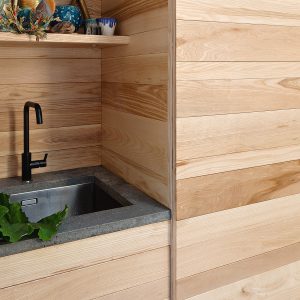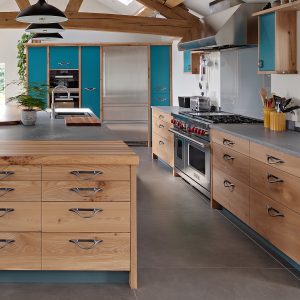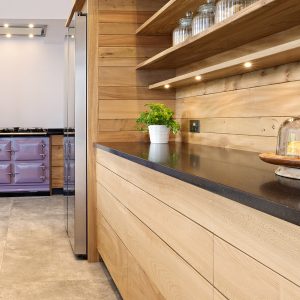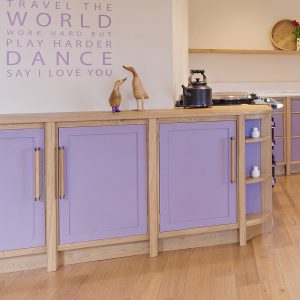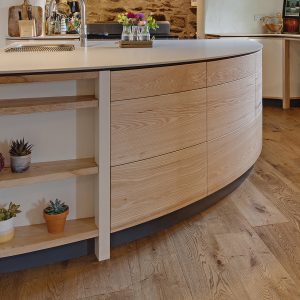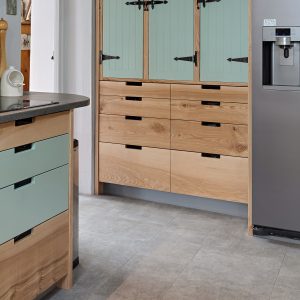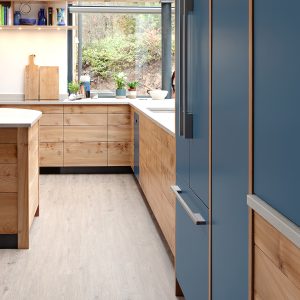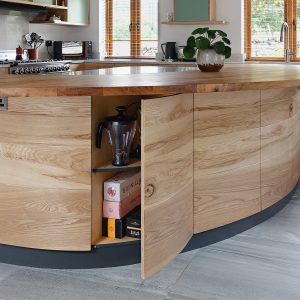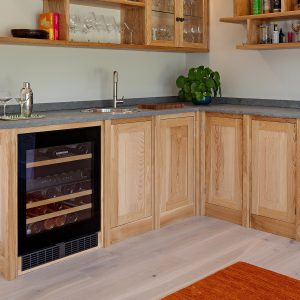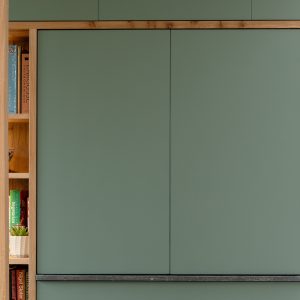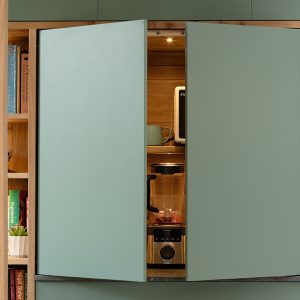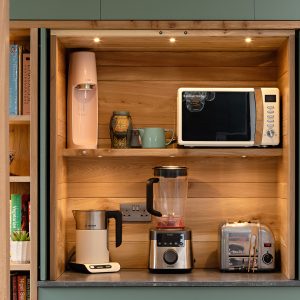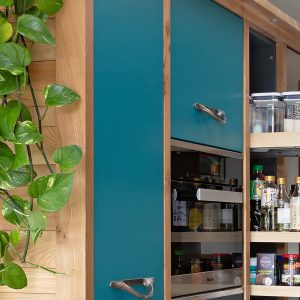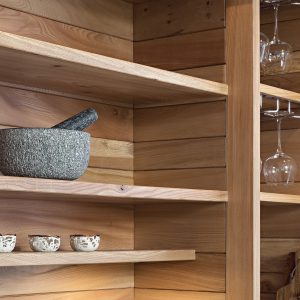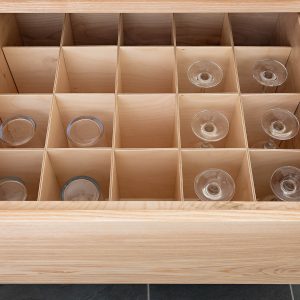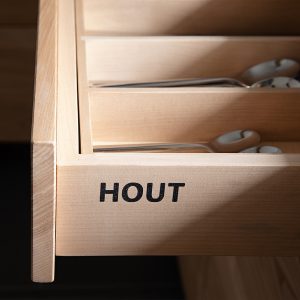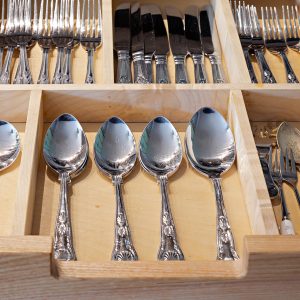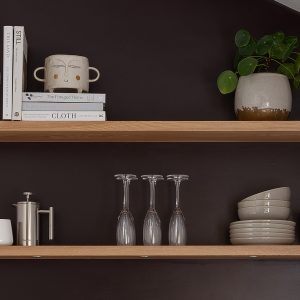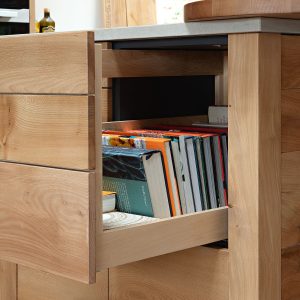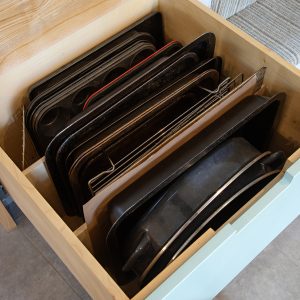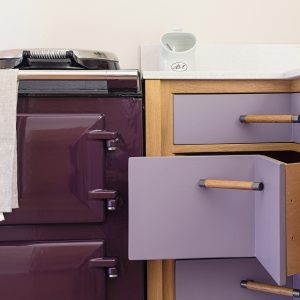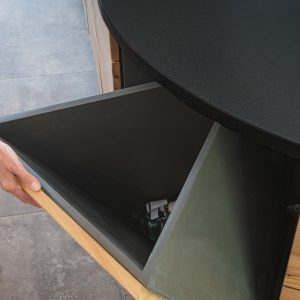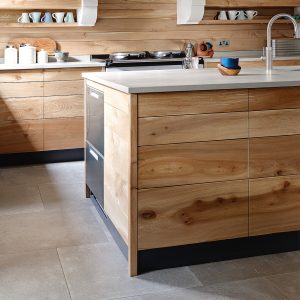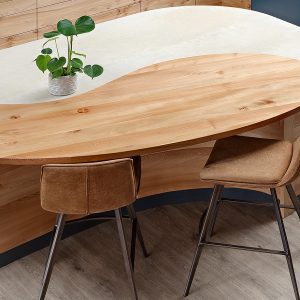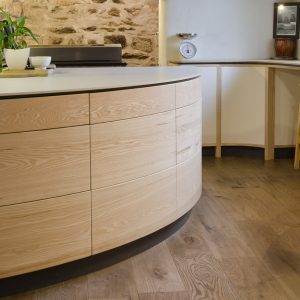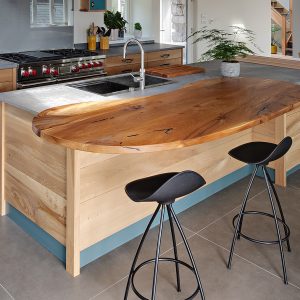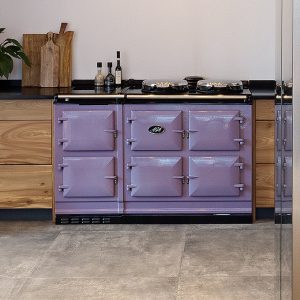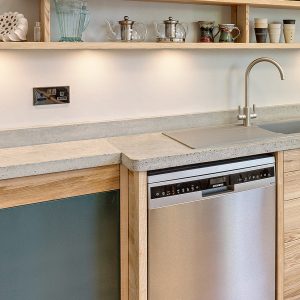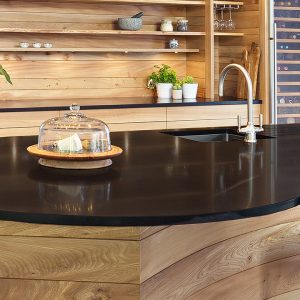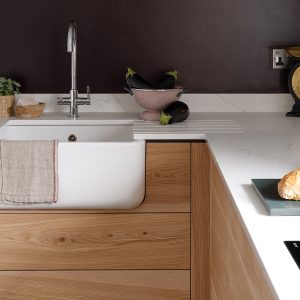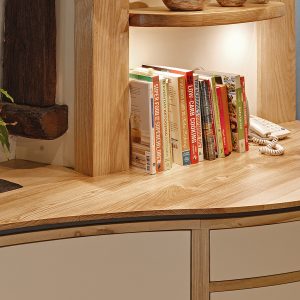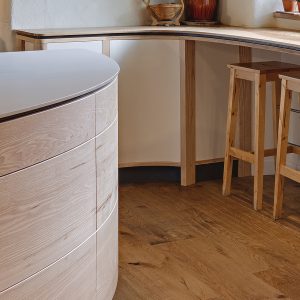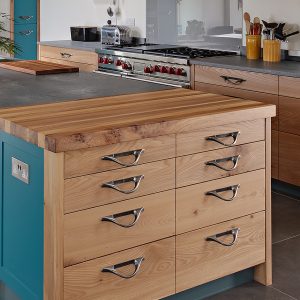CABINETRY
Our cabinets and units are always a part of a considered design and because we are designing uniquely for each client we focus on light, space, flow, the dynamics of family and intended use of the space. These are the elements that form the vision and they are the starting point for a very personal collaboration.
Our own love of clean lines, simplicity and exemplary function inform our designs and help shape the choice of cabinetry though this is always a collaboration with the client and their own style preferences. We are not bound by any one discipline rather, you will see influences of Scandi, Traditional, Shaker, Mid Century and Contemporary in our work. This blurring of the boundaries both in style and technique (we combine traditional and modern joinery and cabinetry techniques), frees us to focus on the best use of space and light.
Our kitchens use only sustainable timbers, the hardwood being almost exclusively locally sourced and traceable. We use English Hardwoods including Ash, Elm, Oak, Walnut and Sycamore which we select ourselves and which have a ‘living’ quality about them.
The base cabinetry or carcasses for our Kitchens are made from Birch Ply which is a high-quality stable material. The drawers, fronts, doors, shelves, inserts and all other cabinetry are made from English Hardwood with the exception of ‘flush’ cupboard door fronts which (for stability) are made from a high density moist resistant engineered MDF and painted by hand. Cupboard door fronts with a framed panel (eg in Shaker style) are made from hardwood and (if a colour is to be used) painted by hand. Painting by hand means that the cabinets can be easily touched up in the event of inevitable knocks and scrapes that happen over time. We work with beautiful brands providing lovely deep pigmented colour possibilities.
We find drawers are a good use of space, ours are made from Sycamore (with fronts in your chosen Kitchen timber) and fully extend on soft closing runners which, for handle-less drawers, are also touch to open. In some spaces curves work best for flow and we have developed a technique which allows us to make curved drawers from one piece of solid wood.
